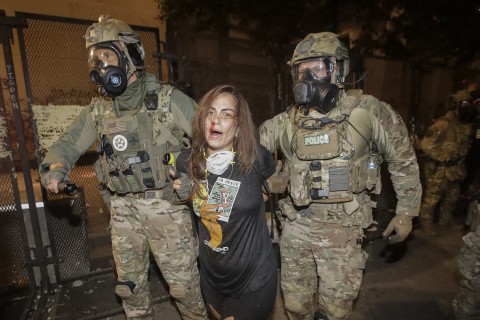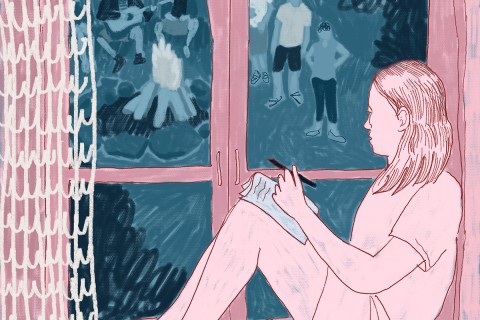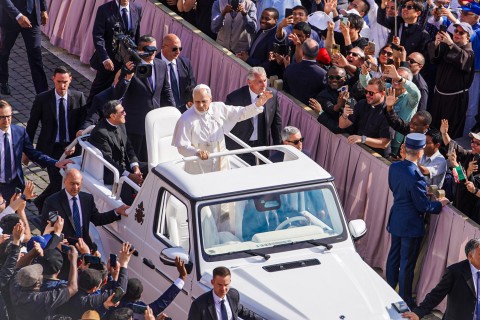Trump uses Democratic cities as stage for “law and order” theatrics
Observers noted that federal officers in Portland caused more trouble than they solved. That may have been the point.

For more than three weeks in July, federal police terrorized people in Portland, Oregon, who participated in downtown protests against police brutality and antiblack racism.
Agents from the Department of Homeland Security, usually dressed in camouflage, would grab people off the street, pulling them into unmarked vans—often without explanation. The agents also fired tear gas and rubber bullets at the protesters, who had been convening every night since May 25 when a white police officer killed George Floyd, an unarmed black man, in Minneapolis.
“People are coming in with their jaws falling off,” an emergency room nurse told the New York Times, explaining the level of force troops were using against protesters.




